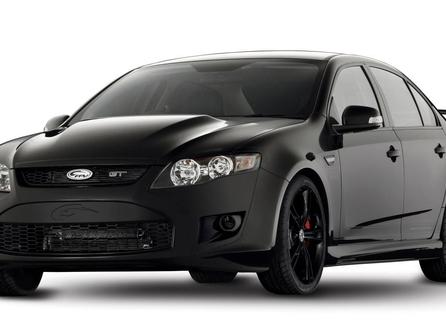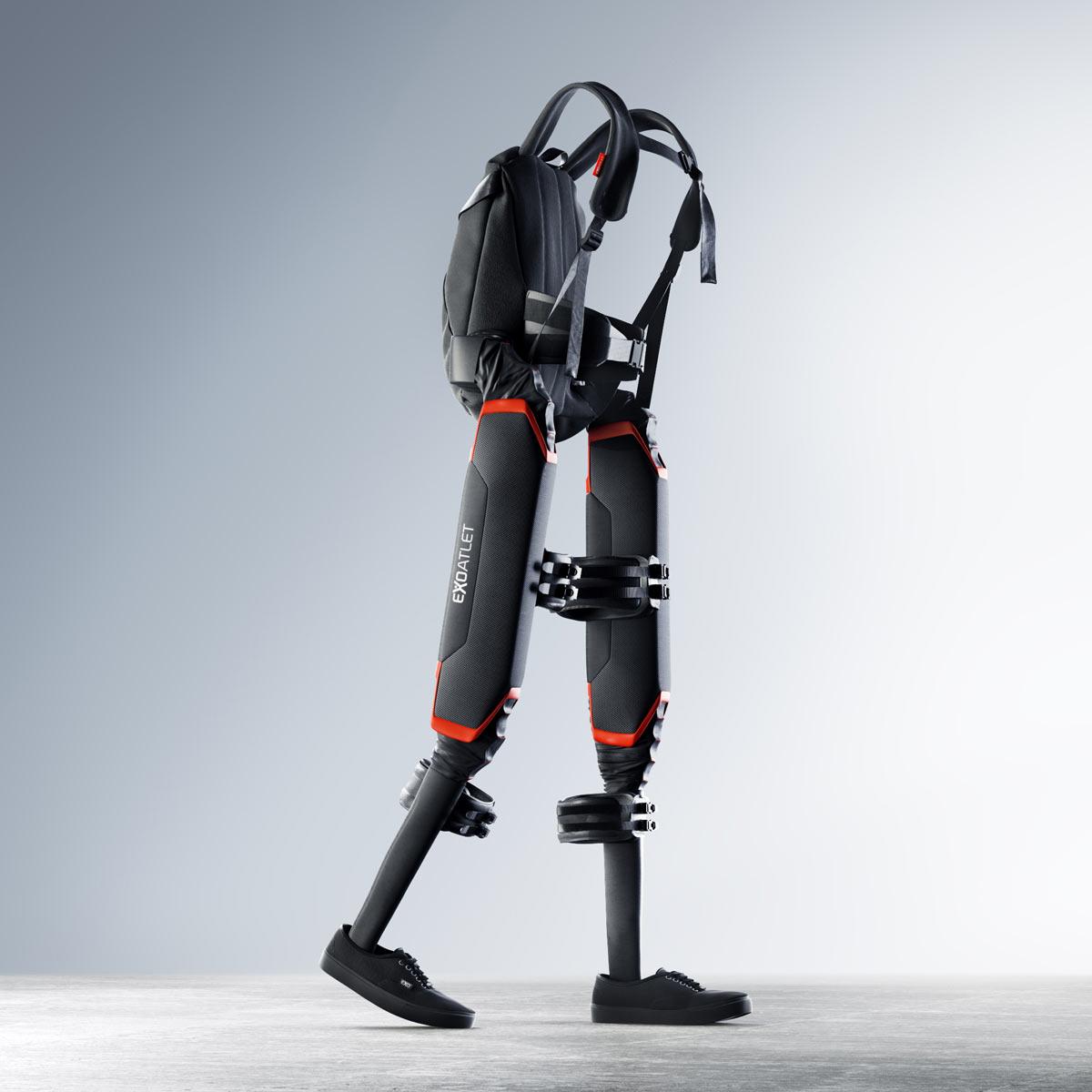
ABS, ASR and ESP. How do electronic driver assistants work?
 Every modern car is crammed with electronics that enhance driving comfort and improve safety. ABS, ASR and ESP are labels that many drivers have heard of. However, not everyone knows what is behind them.
Every modern car is crammed with electronics that enhance driving comfort and improve safety. ABS, ASR and ESP are labels that many drivers have heard of. However, not everyone knows what is behind them.
ABS is an anti-lock braking system. Sensors located next to each of them send information about the speed of rotation of individual wheels several tens of times per second. If it drops sharply or drops to zero, this is a sign of wheel lockup. To prevent this from happening, the ABS control unit reduces the pressure exerted on the brake piston of that wheel. But only until the moment when the wheel can turn again. By repeating the process many times per second, it is possible to effectively brake while maintaining the ability to maneuver the car, for example, to avoid a collision with an obstacle. A car without ABS after locking the wheels slides right on rails. ABS also prevents the decelerating vehicle from slipping on surfaces with varying grip. In a non-ABS vehicle, which, for example, has its right wheels on a snowy roadside, pressing the brake harder causes it to steer towards the more grippy surface.
The effect of ABS should not be equated with shortening the stopping distance. The task of this system is to provide steering control during emergency braking. In certain situations - for example, in light snow or on a gravel road - ABS can even increase the stopping distance. On the other hand, on tenacious pavement, making full use of the traction of all wheels, he is able to stop the car faster than even a very experienced driver.
In a car with ABS, emergency braking is limited to pressing the brake pedal to the floor (it is not activated). Electronics will take care of the optimal distribution of braking force. Unfortunately, many drivers forget about this - this is a serious mistake, because limiting the force acting on the pedal helps to lengthen the braking distance.
Analyzes show that anti-lock brakes can reduce accidents by up to 35%. Therefore, it is not surprising that the European Union introduced its use in new cars (in 2004), and in Poland it became mandatory from mid-2006.
W From 2011-2014, electronic stability control became standard on newly introduced models and later on all vehicles sold in Europe. ESP determines the desired path for the driver based on information about wheel speed, g-forces or steering angle. If it deviates from the actual one, ESP comes into play. By selectively braking selected wheels and limiting engine power, it restores vehicle stability. ESP is able to reduce the effects of both understeer (going out of the front corner) and oversteer (bouncing back). The second of these features has an extremely large impact on safety, as many drivers struggle with oversteer.
From 2011-2014, electronic stability control became standard on newly introduced models and later on all vehicles sold in Europe. ESP determines the desired path for the driver based on information about wheel speed, g-forces or steering angle. If it deviates from the actual one, ESP comes into play. By selectively braking selected wheels and limiting engine power, it restores vehicle stability. ESP is able to reduce the effects of both understeer (going out of the front corner) and oversteer (bouncing back). The second of these features has an extremely large impact on safety, as many drivers struggle with oversteer.
ESP cannot break the laws of physics. If the driver does not adapt the speed to the conditions or curve of the curve, the system may not be able to help control the vehicle. It is also worth remembering that its effectiveness is also affected by the quality and condition of the tires, or the condition of the shock absorbers and braking system components.
The brakes are also an essential component of the traction control system, referred to as ASR or TC. It compares the speed of rotation of the wheels. When a skid is detected, the ASR brakes the slip, which is usually accompanied by a reduction in engine power. The effect is to suppress skid and transfer more driving force to the wheel with better traction. However, traction control is not always the driver's ally. Only ASR can give the best results on snow or sand. With a working system, it will also not be possible to “rock” the car, which may make it easier to get out of the slippery trap.

